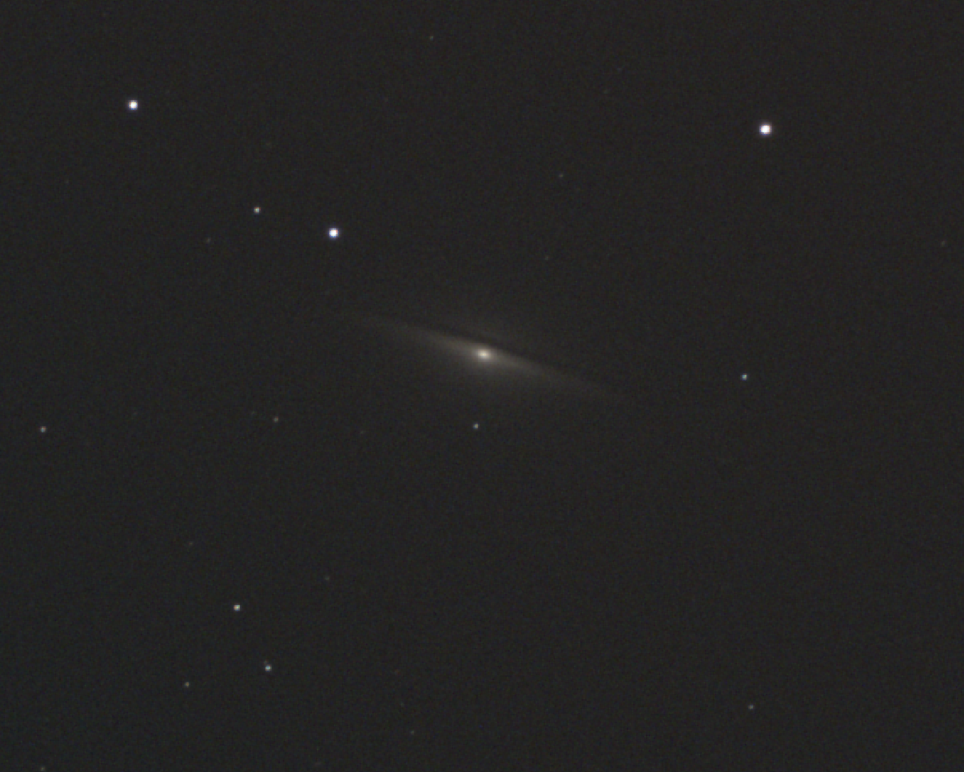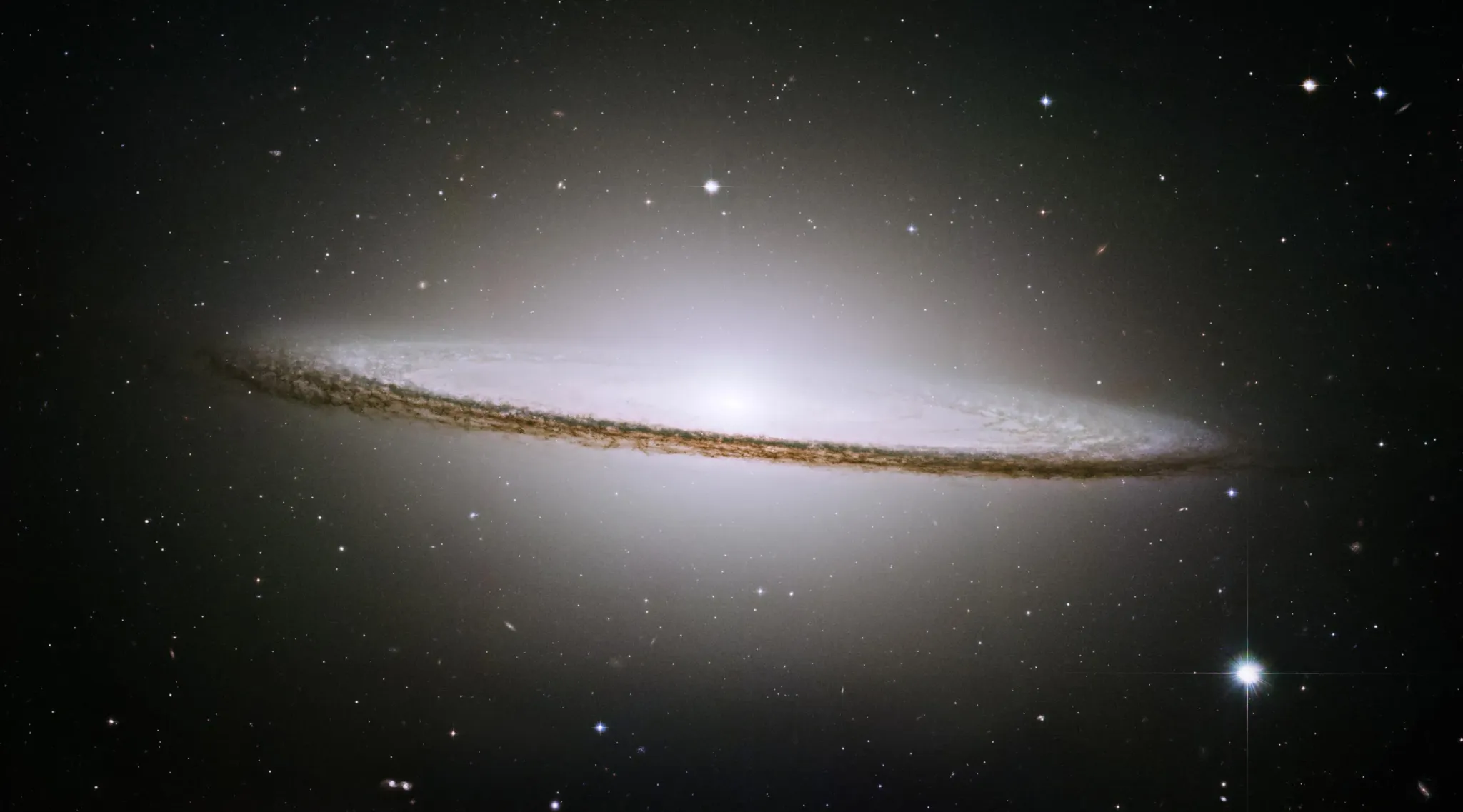M104 | NGC 4594 | The Sombrero Galaxy | Virgo | 30,000,000 Light Years Away
Our Best Image

Messier 104, also known as the Sombrero Galaxy, is a spiral galaxy located in the constellation Virgo. Discovered by Pierre Méchain in 1781 and later added to Charles Messier’s catalog, it is situated approximately 29 million light-years away from Earth. The Sombrero Galaxy is renowned for its distinctive appearance, characterized by a bright central bulge and a broad, flattened disk resembling a wide-brimmed hat.
The central bulge of Messier 104 is thought to host a supermassive black hole, adding to the galaxy’s intrigue and making it a significant target for studies related to galactic nuclei. The dark band of dust and gas that spans the galaxy’s disk contributes to its sombrero-like shape and is associated with regions of ongoing star formation. Observations of Messier 104 provide astronomers with valuable data on the structure, dynamics, and stellar populations within spiral galaxies, aiding in the broader understanding of galactic evolution and the role of black holes in their centers.
Messier 104 is visible with small telescopes, and its striking appearance makes it a popular target for amateur astronomers. The Sombrero Galaxy’s distinct morphology, combined with its position in the Virgo Cluster, allows researchers to investigate the interactions and influences that shape galaxies within these rich galactic neighborhoods. The study of Messier 104 continues to enhance our understanding of the diverse range of structures and processes occurring within spiral galaxies across the universe.

